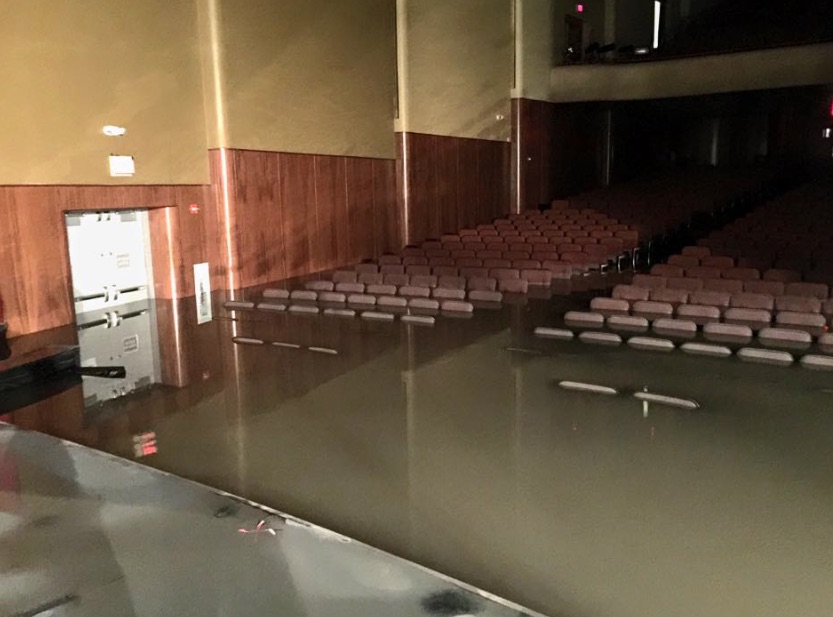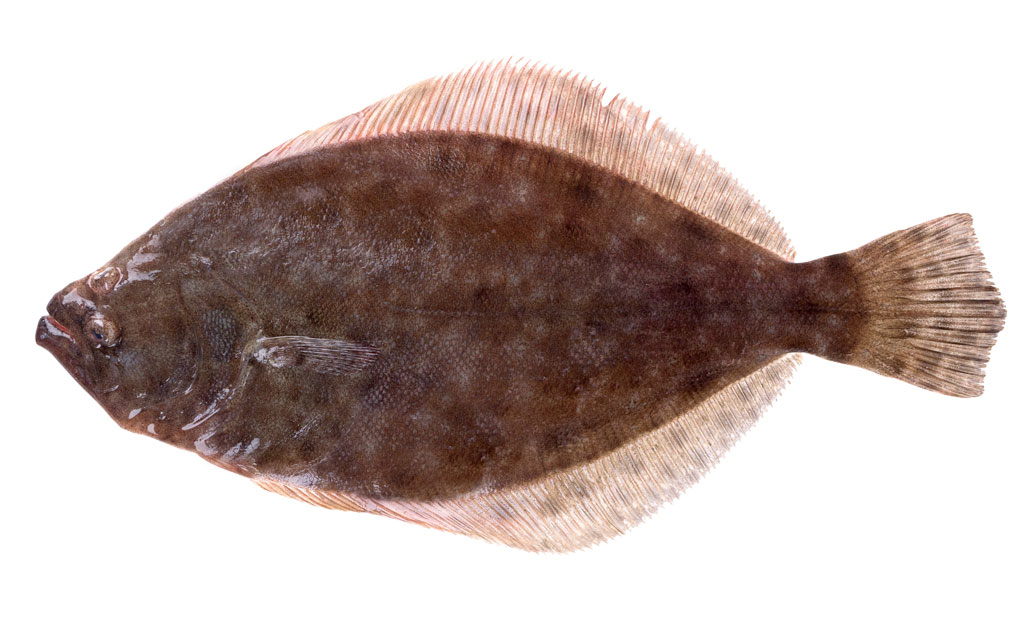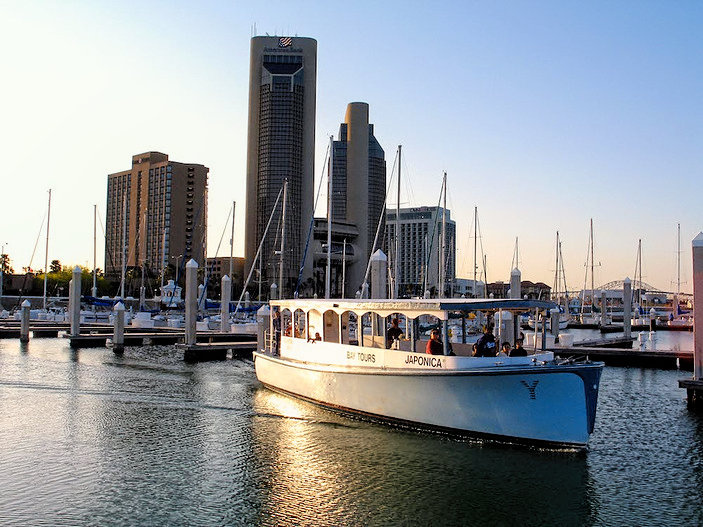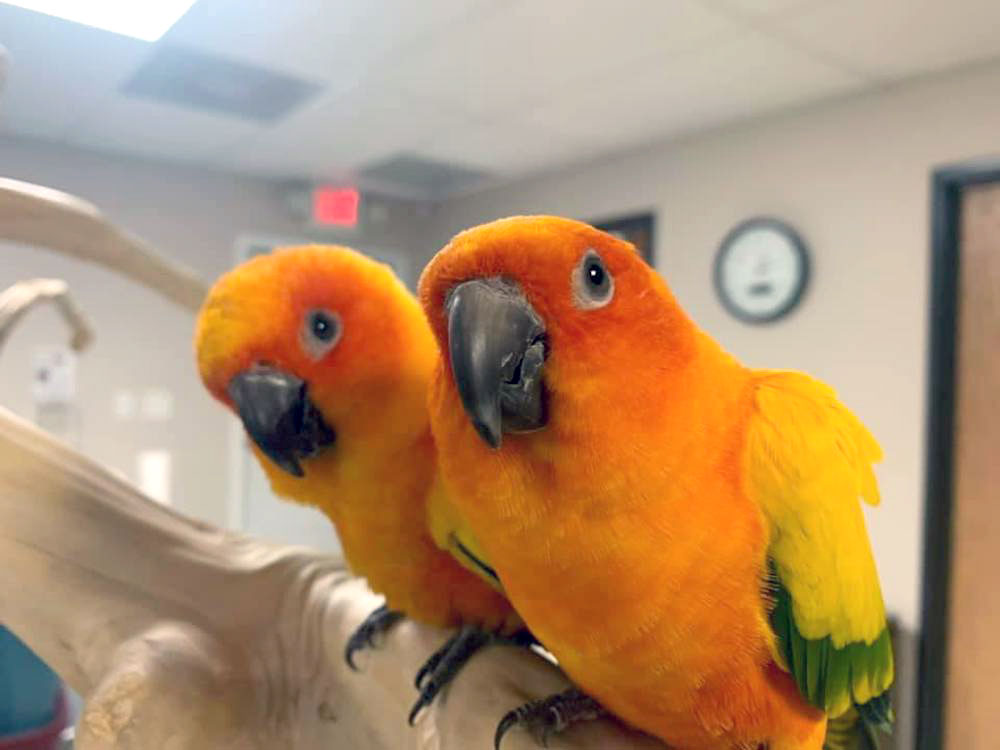
Richardson Performance Hall at Del Mar College was just one of many facilities flooded during storm in May. Courtesy photo
Two major deadlines for businesses and homeowners who need to apply for disaster relief loans are just around the corner. Deadlines are Aug. 10 and Aug. 15 for two separate disaster declarations related to storms that roared through the Coastal Bend in May.
To keep it straight, Cynthia R. Cowell, public information officer for the U.S. Small Business Administration, refers to them by their disaster numbers and counties: SB disaster No. 14746 (San Patricio County) on May 19; and SB 14744 (Kleberg County), which refers to damages that occurred from May 26-June 24.
“What happens is that once a disaster is declared, the governor reviews it and decides whether to ask for just the SBA’s help or FEMA’s,” she said. “If FEMA declines, the SBA can come in and work with the state on whatever assistance they require.”
In this case, the San Patricio declaration is SBA only, while Kleberg County is both SBA and FEMA. And although Nueces County is not officially part of either declaration, because it is contiguous to both counties, businesses and residences affected by those storm and flood events are also eligible.
Three types of loans are available: business physical disaster loans, economic injury disaster loans and home disaster loans.
The deadlines for Disaster Number 14744 are August 10, for businesses, private non-profit organizations, homeowners and renters who had physical damage to their homes and businesses. Businesses can apply for Economic Injury Disaster loans until March 11, 2017.
The deadline for Disaster Number 14746 is August 15 for businesses, private non-profit organizations, homeowners and renters who had physical damage to their homes and businesses. . Businesses can apply for EIDLs until March 16, 2017.
Cowell explained the concept of economic injury.
“Someone who has a heavy summer business that was affected because people decided not to come because of the storm, we can offer capital loans,” she said. “For that kind of damage — economic damage — businesses have until March 11, 2017, to apply.”
The longer deadline allows a business to better assess the long-term economic damage from losing customers. This would include damages incurred during the city’s water boil notice, which was partially blamed on stormwater runoff.
The SBA has been part of disaster relief since the Stafford Act of 1988.
“We want people to stay in town, for business to stay open,” Cowell said. “We offer this assistance to keep a town viable to make sure it bounces back.”
Once an application is made, the money becomes available fairly quickly. For some, applications are turned around as quickly as two weeks. Some of the businesses are a bit more complicated and can take up to a month.
“In a disaster, we recommend to first go ahead and file an insurance claim to get it started, even before an official declaration is made,” Cowell said. “Don’t wait for insurance to settle. We can get to you faster and will work with your insurance to make sure you are not double paid.”
Once granted, businesses and homeowners have up to a year to decide whether to actually borrow the funds. Interest rates are low for these loans. For businesses, the rate is 4 percent, while private and nonprofit loans are at 2.625 percent. Homeowners and renters can borrow at 1.625 percent, all of which can be spread out over a 30-year term. Loans can be as high as $2 million depending on the type of business, home and injury.
Applications may be made online at disasterloan.sba.gov/ela. For questions call the toll-free Customer Service Center number at 800-659-2955.





